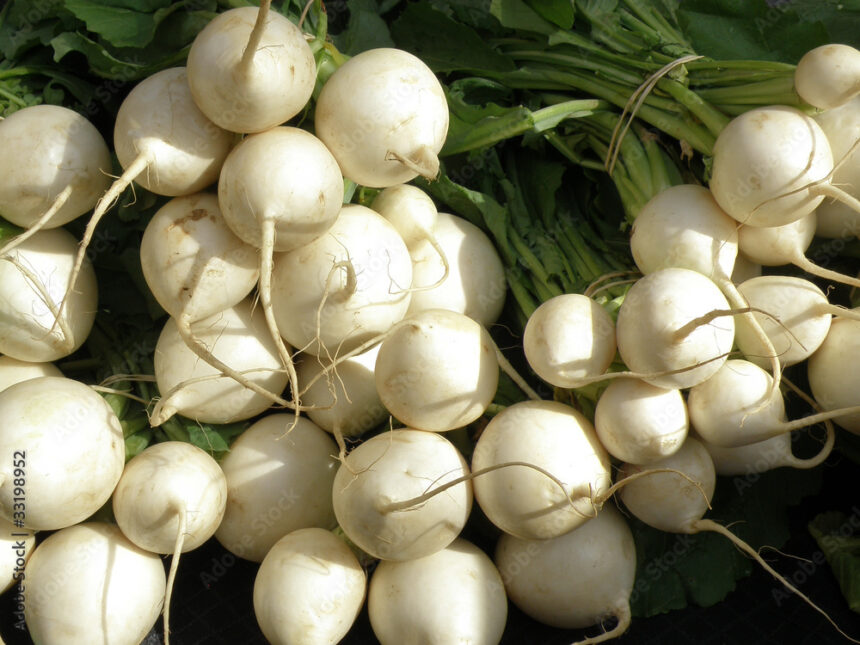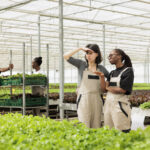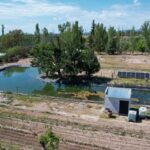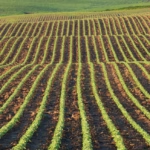When growing turnips in South Africa, there are several infections and diseases that you should watch out for. Here are some of the common ones:
- Clubroot (Plasmodiophora brassicae): This soil-borne disease affects turnips and other cruciferous vegetables. It causes swelling and distortion of the roots, resulting in stunted growth and wilting of the plants. To prevent clubroot, ensure proper drainage, practice crop rotation, and choose resistant varieties if available.
- Downy mildew (Peronospora parasitica): Downy mildew is a fungal disease that affects turnips and causes yellow patches on the leaves. The affected areas may develop a fluffy, grayish growth on the undersides of the leaves. To prevent downy mildew, ensure good air circulation, avoid overhead watering, and remove infected plant debris.
- White rust (Albugo candida): White rust is another fungal disease that affects turnips. It causes white pustules on the leaves, stems, and flower buds. These pustules eventually turn brown and release spores. To prevent white rust, practice crop rotation, remove infected plants, and avoid overhead irrigation.
- Alternaria leaf spot (Alternaria spp.): Alternaria leaf spot is a fungal disease that causes circular or irregular dark spots on the leaves of turnips. The spots may have a concentric ring pattern and can lead to defoliation. To prevent alternaria leaf spot, avoid overhead watering, provide good air circulation, and remove infected plant debris.
- Aphids and flea beetles: These are common insect pests that can attack turnip plants. Aphids suck the sap from the leaves, causing curling and distortion. Flea beetles feed on the leaves, creating small holes and causing wilting. Monitor your plants regularly and take appropriate measures such as using insecticidal soap or neem oil to control these pests.
It’s important to note that local conditions and specific varieties may influence the prevalence and severity of diseases and pests in your area. It’s always a good idea to consult with local agricultural experts or extension services for tailored advice based on your specific location in South Africa.







